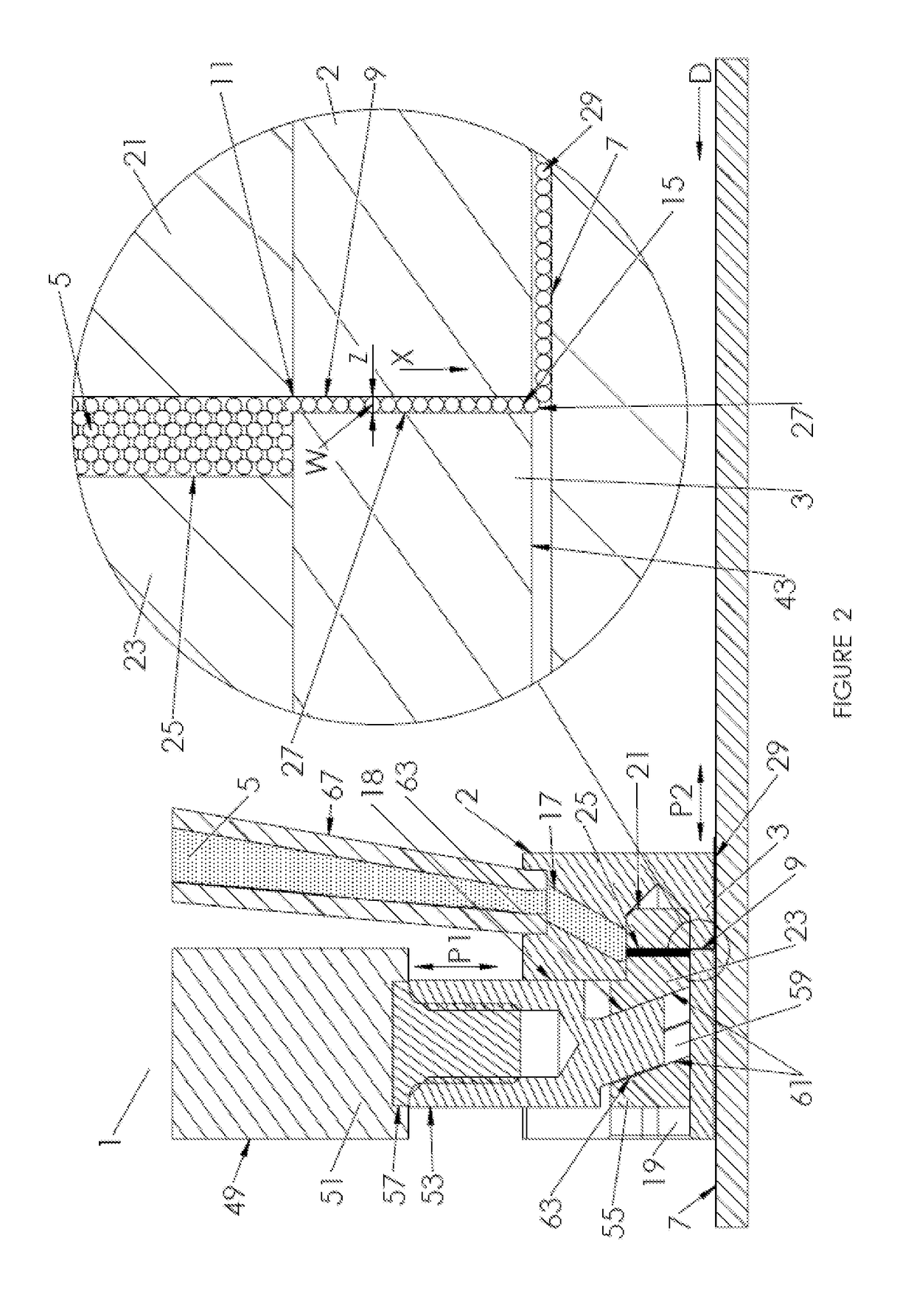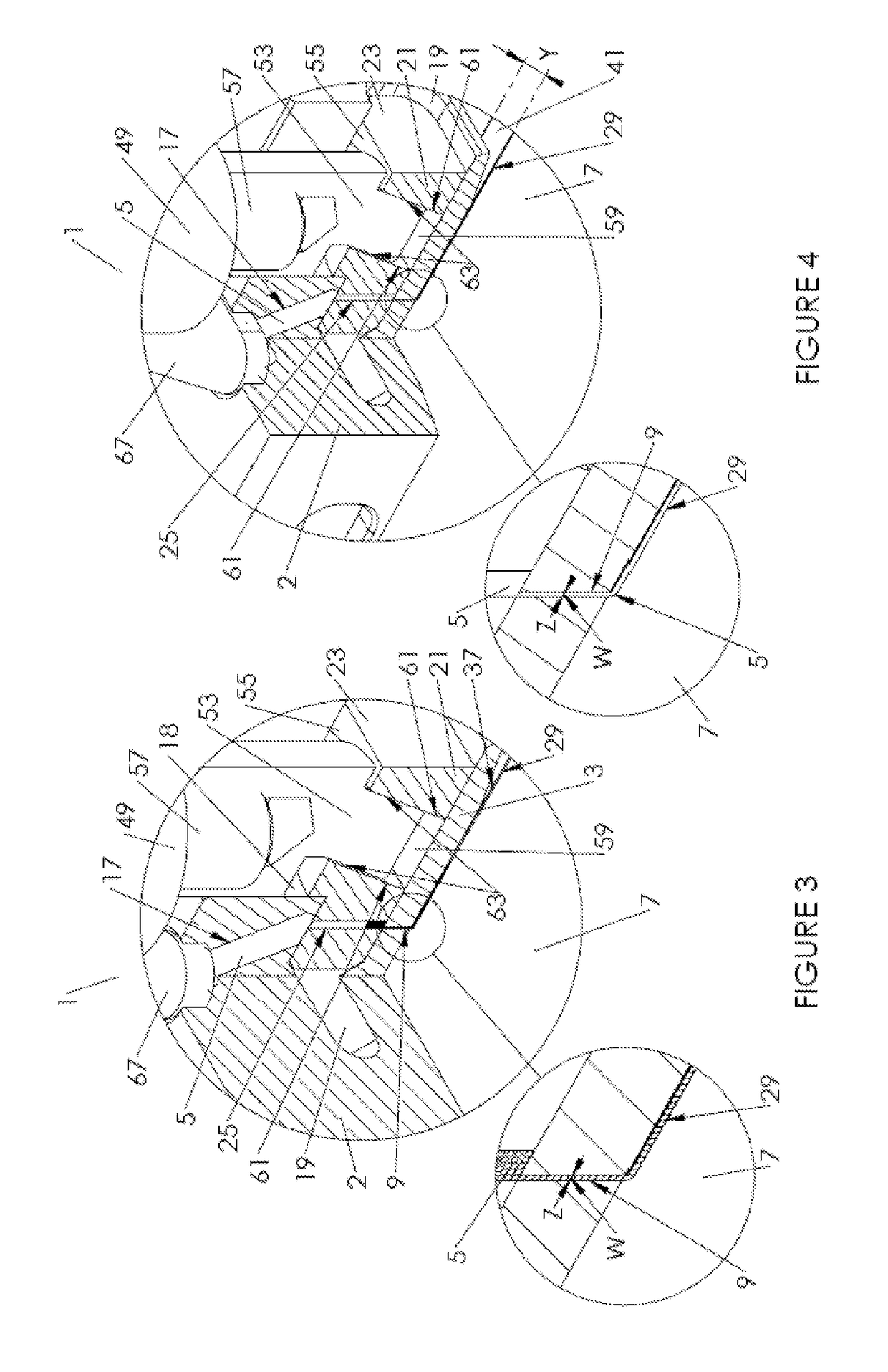A Three Dimensional Printing Apparatus, a Material Dispensing Unit Therefor and a Method
a three-dimensional printing and material technology, applied in the direction of additive manufacturing processes, manufacturing tools, applying layer means, etc., can solve the problems of difficult inability to accurately print, and inability to have more than one material per layer, etc., to achieve convenient interchangeability, increase the degree of detail and accuracy, and improve the effect of quality
- Summary
- Abstract
- Description
- Claims
- Application Information
AI Technical Summary
Benefits of technology
Problems solved by technology
Method used
Image
Examples
Embodiment Construction
[0120]Referring to FIGS. 1 to 25, a three dimensional (3D) printing apparatus for forming three dimensional objects, a material dispensing unit therefor and a corresponding method of three dimensional printing will now be jointly described. The material dispensing unit of the invention is indicated generally using reference numerals 1 and 10 in the Figures. The 3D printing apparatus of the invention is indicated generally by reference numerals 100 and 200 in the Figures.
[0121]Referring initially to FIGS. 1 to 4, the material dispensing unit 1 for the three dimensional printing apparatus 100 comprises a housing 2 incorporating a nozzle 3 for depositing particulate material 5 on a build surface 7. It will be appreciated that in the present specification, for brevity, the term “build surface”, unless otherwise specified, includes an upper surface of a newly created layer onto which a subsequent layer is to be deposited as well as an upper surface of a build plate (to be described below...
PUM
| Property | Measurement | Unit |
|---|---|---|
| rotation | aaaaa | aaaaa |
| diameter | aaaaa | aaaaa |
| diameter | aaaaa | aaaaa |
Abstract
Description
Claims
Application Information
 Login to View More
Login to View More - R&D
- Intellectual Property
- Life Sciences
- Materials
- Tech Scout
- Unparalleled Data Quality
- Higher Quality Content
- 60% Fewer Hallucinations
Browse by: Latest US Patents, China's latest patents, Technical Efficacy Thesaurus, Application Domain, Technology Topic, Popular Technical Reports.
© 2025 PatSnap. All rights reserved.Legal|Privacy policy|Modern Slavery Act Transparency Statement|Sitemap|About US| Contact US: help@patsnap.com



